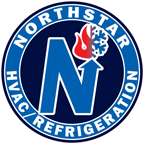
Northstar University
Welcome to Northstar University, your go-to resource for the latest in HVAC and refrigeration technology. Here, we provide expert articles on compliance, energy efficiency, sustainability, industry trends, client success stories and essential maintenance tips. Stay ahead with insights from Northstar Refrigeration, the leader in HVAC and refrigeration solutions.

7 Common Heat Pump Myths Debunked: Separating Fact from Fiction
Heat pumps are becoming an increasingly popular choice for heating and cooling homes and businesses due to their energy efficiency and versatility. However, despite their growing adoption, many misconceptions still surround heat pumps, leaving potential users uncertain about whether they’re the right choice. In this blog post, we’ll address and debunk some of the most common heat pump myths, giving you the information you need to make an informed decision.

The Importance of Air Filters in HVAC Systems: A Guide to Cleaner Air and Better Efficiency
Air filters are the first line of defense for your HVAC system. They trap dust, dirt, allergens, and other particles from the air before it enters the system.
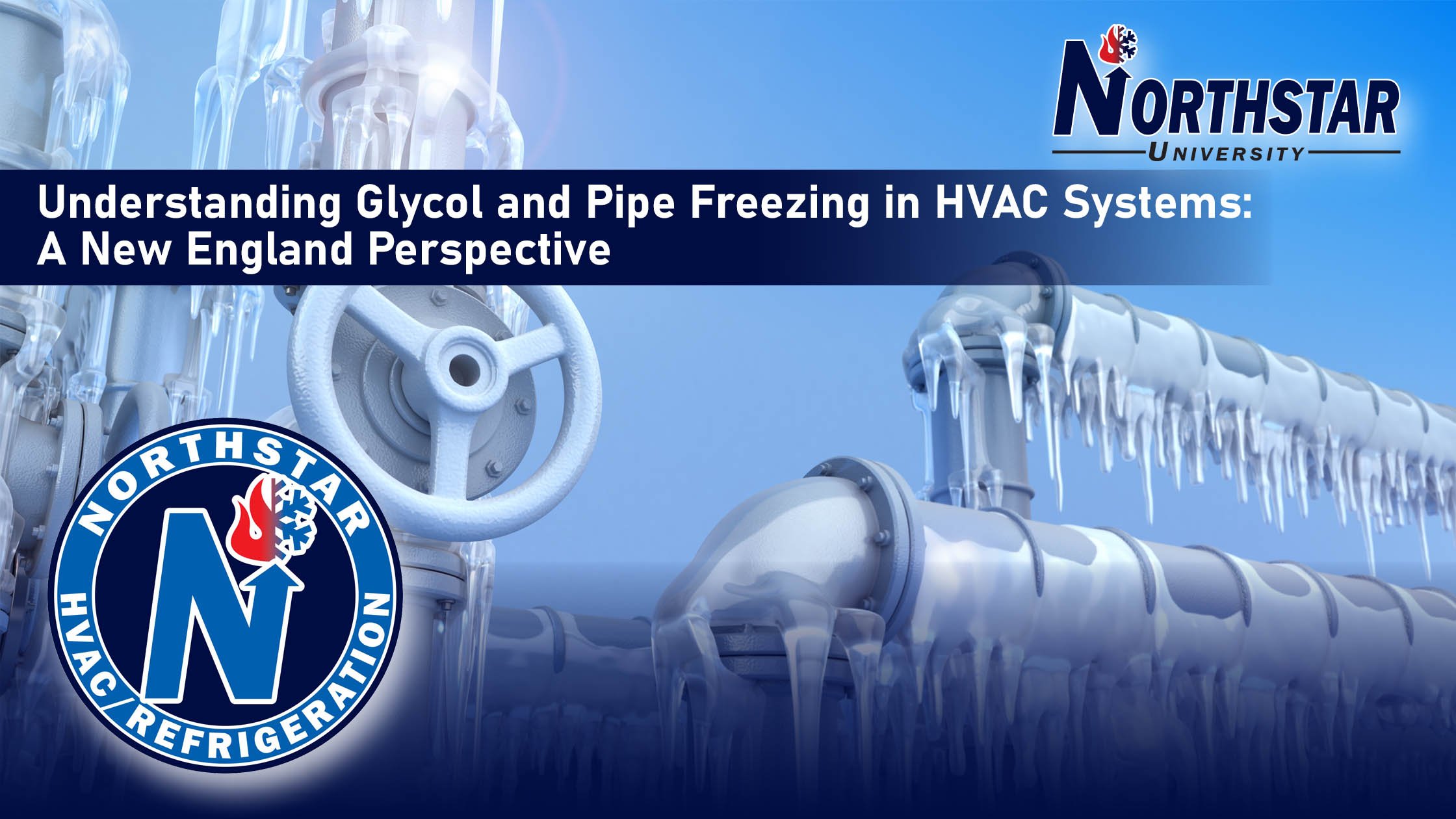
Understanding Glycol and Pipe Freezing in HVAC Systems: A New England Perspective
In New England’s cold climate, HVAC systems must be designed to withstand harsh winters while operating efficiently. One critical component of cold-weather HVAC design is the use of glycol in hydronic systems to prevent pipe freezing. Glycol plays a pivotal role in protecting equipment, ensuring longevity, and maintaining efficiency, but it comes with specific considerations that need to be addressed during system design, installation, and maintenance.

The Best HVAC Units for Energy Efficiency: What to Look For
Energy efficiency is a top priority for homeowners and businesses looking to reduce their energy costs and minimize their environmental footprint. While all major HVAC manufacturers offer energy-efficient product lines, understanding the key features that contribute to efficiency will help you make an informed decision when choosing the best HVAC unit for your needs. This article will guide you through the most important elements to consider when evaluating energy-efficient HVAC systems.

Decarbonization Deep Dive: Advancements in Technology and Policy Shaping Sustainability in the Northeast
Decarbonization is an urgent goal for both commercial and industrial sectors, particularly as energy-intensive industries and large building complexes are under increasing pressure to reduce their carbon emissions. In the Northeast, ambitious decarbonization goals are driving investments in clean energy, energy efficiency, and sustainable technologies. In this deep dive, we’ll explore how advancements in technology and evolving government policies are shaping the path to decarbonization in the Northeast and how these efforts impact both commercial and industrial sectors.

CO2 Refrigerant: Just the Facts
In today’s world, businesses are increasingly focused on finding more sustainable and environmentally friendly solutions for their refrigeration needs. CO2 (R-744) is gaining traction as one of the leading refrigerants due to its low environmental impact and high efficiency. But what makes CO2 stand out among other refrigerants? Let’s explore seven key facts that make CO2 a future-proof refrigerant for commercial and industrial applications.
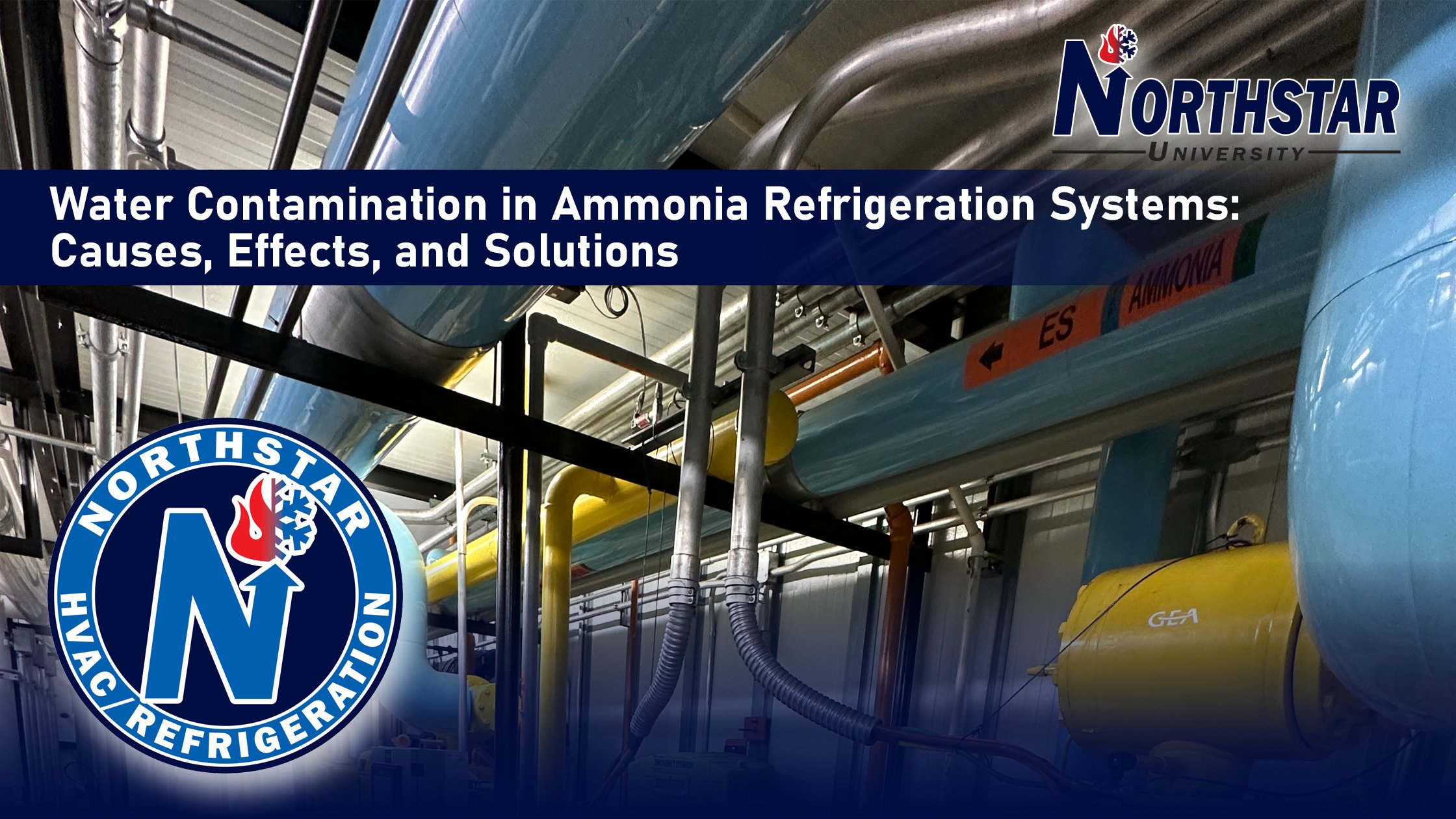
Water Contamination in Ammonia Refrigeration Systems: Causes, Effects, and Solutions
Ammonia refrigeration systems are widely recognized for their efficiency and environmental benefits, but they are not without challenges. One of the common issues that can arise over time is water contamination in closed-circuit systems. While this might not sound like a major concern, the accumulation of water in ammonia refrigeration systems can lead to significant operational problems and efficiency losses if not properly addressed.

How Smart Thermostats Can Save You Money
As energy costs continue to rise and businesses and homeowners seek more efficient ways to manage their energy usage, smart thermostats have emerged as a popular solution. These intelligent devices offer more than just convenience—they can help save money by optimizing heating and cooling systems, reducing energy waste, and allowing for more precise control of indoor environments.
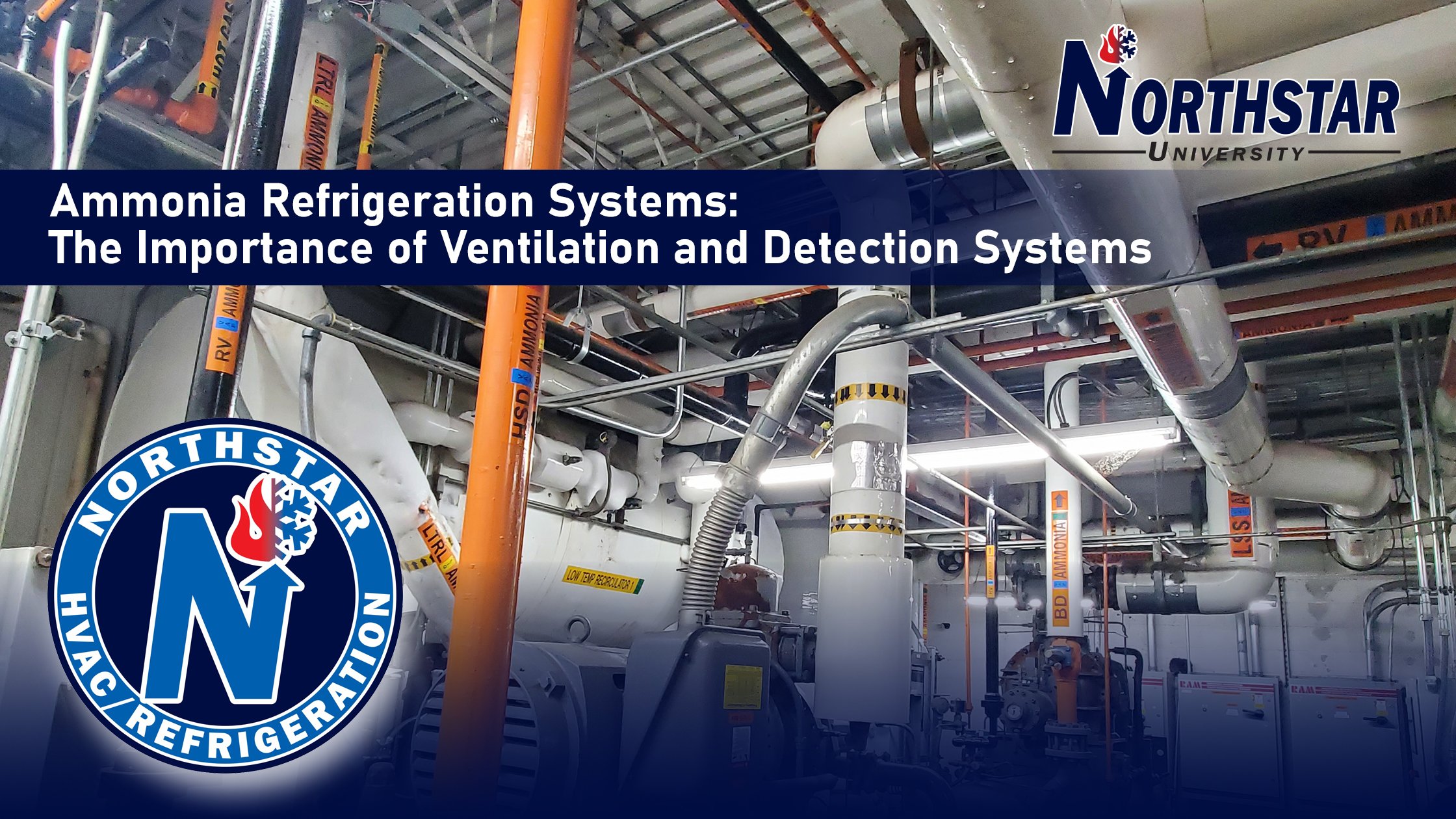
Ammonia Refrigeration Systems: The Importance of Ventilation and Detection Systems
Ammonia refrigeration systems are highly efficient and widely used in industrial settings such as food processing, cold storage, and manufacturing. However, while ammonia offers many advantages as a refrigerant, including cost efficiency and environmental benefits, it also poses potential safety hazards due to its toxicity and flammability. Therefore, it is critical to have proper ventilation and detection systems in place to ensure safe operation and protect both employees and the surrounding community.

Impact of A2L Refrigerants on the HVAC Industry
What Are A2L Refrigerants? A2L refrigerants are a class of refrigerants that are mildly flammable and have a lower Global Warming Potential (GWP) compared to traditional refrigerants like HFCs (hydrofluorocarbons). Examples of A2L refrigerants include R-32 and R-454B, which are increasingly being used as replacements for higher-GWP refrigerants such as R-410A.

Fall HVAC Maintenance: Prepare Your System for the Heating Season
As the cooler weather rolls in and the leaves start to change, it’s time to turn your attention to one important task: preparing your HVAC system for the upcoming heating season. Fall is the perfect time to conduct routine maintenance to ensure your heating system operates efficiently and reliably during the cold winter months. Proper HVAC maintenance not only helps to avoid costly repairs but also improves energy efficiency, saving you money on your energy bills.

Management of Change (MOC) for Ammonia Refrigeration Systems: Ensuring Safety and Compliance
When managing ammonia refrigeration systems, safety is of paramount importance. Changes to these systems—whether in equipment, procedures, or personnel—can introduce new hazards if not managed properly. To mitigate these risks, regulatory agencies such as OSHA and the EPA require a Management of Change (MOC) process for ammonia refrigeration systems as part of their Process Safety Management (PSM) and Risk Management Plan (RMP) programs. This process ensures that any modifications do not introduce new hazards and that the system continues to operate safely.
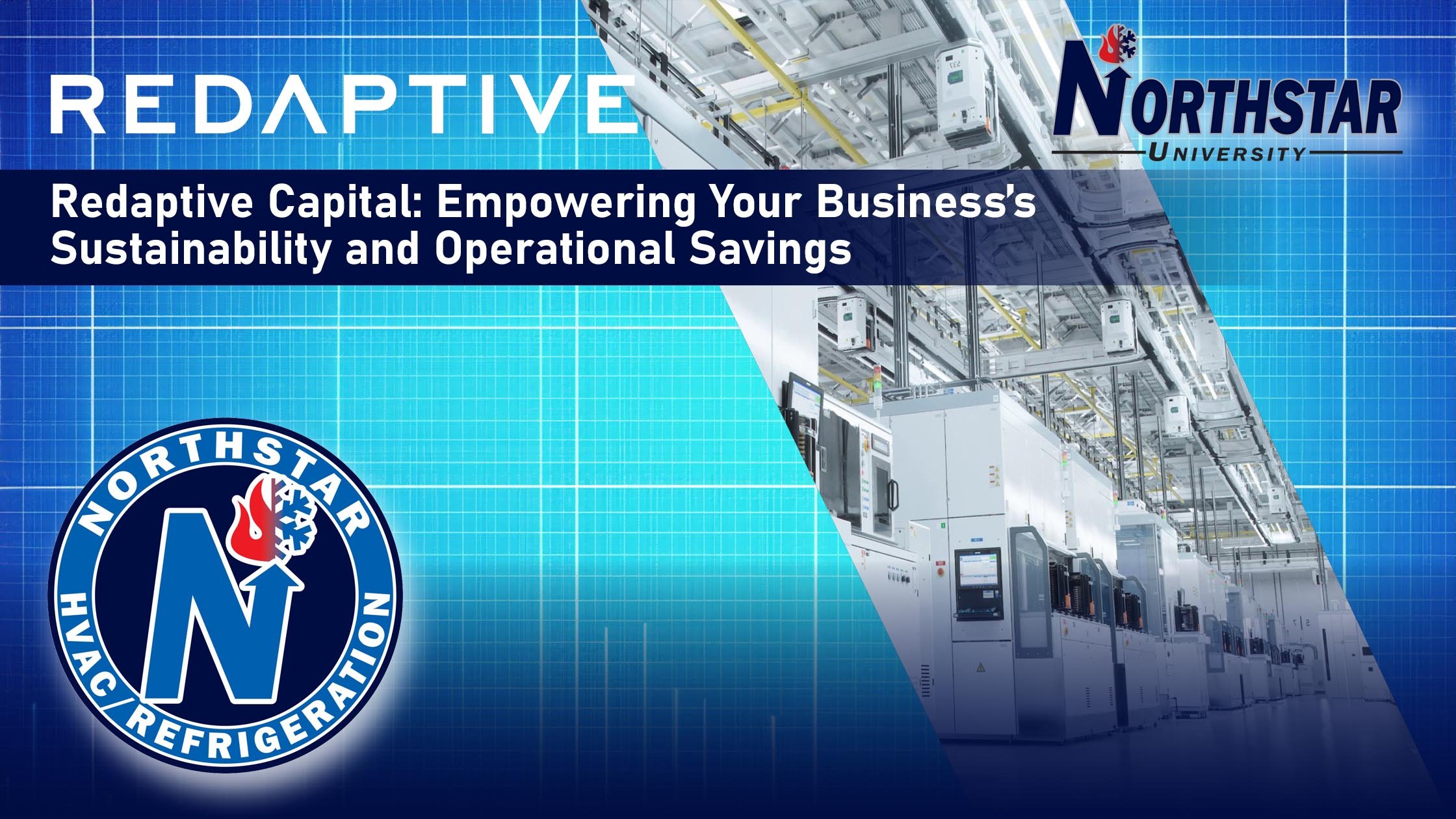
Redaptive Capital: Empowering Your Business's Sustainability and Operational Savings
In today’s business landscape, sustainability and operational efficiency are no longer just buzzwords—they are essential components of a successful strategy. As organizations seek to reduce their carbon footprint while optimizing operational savings, Redaptive Capital offers a comprehensive suite of financial solutions that make achieving these goals easier and more accessible.

Why Cooling Tower Water Treatment is Essential for Your Facility
Cooling towers are a vital component of many industrial and commercial facilities, playing a key role in regulating temperature and maintaining efficient operations. However, these systems also pose significant health risks if not properly maintained, as evidenced by the recent Legionnaire’s disease outbreak linked to cooling tower water systems. Proper water treatment is essential to ensure the safety, efficiency, and longevity of your cooling towers.

Repairing Your Old HVAC System vs. Buying a New One: Which Is Cheaper?
When faced with an aging HVAC system, many business owners and homeowners are confronted with the question: should I repair the old system or invest in a new one? This decision involves weighing the immediate costs against the long-term benefits, including energy efficiency, reliability, and overall cost-effectiveness. Here, we’ll explore the pros and cons of repairing versus replacing your HVAC system to help you make an informed choice.

What are the Pros and Cons of CO2 (R744) as a Refrigerant?
As businesses continue to prioritize energy efficiency and sustainability in their operations, CO2 (R744) has emerged as a popular refrigerant choice in commercial and industrial refrigeration systems. However, like any refrigerant, CO2 comes with its own set of advantages and challenges. Understanding these pros and cons can help businesses make informed decisions about whether CO2 is the right choice for their refrigeration needs.

Unlocking Energy Savings with Mass Save: Rebates and Incentives for Businesses
As businesses continue to seek ways to reduce energy costs and achieve sustainability goals, the Mass Save program offers a wealth of rebates and incentives designed to support these efforts. By taking advantage of these opportunities, businesses can significantly lower their heating and cooling expenses, reduce their carbon footprint, and move closer to their net-zero goals. Northstar Refrigeration is here to help you navigate these options and maximize your benefits.

Heat Recovery Heat Pumps: Revolutionizing Energy Efficiency and Sustainability
Heat Recovery Heat Pumps (HRHPs) are an innovative technology in the HVAC industry that enhances energy efficiency by transferring heat from one area to another. These systems can simultaneously provide heating and cooling, making them a versatile solution for various applications. HRHPs utilize waste heat that would otherwise be lost, converting it into useful energy for heating or cooling purposes.
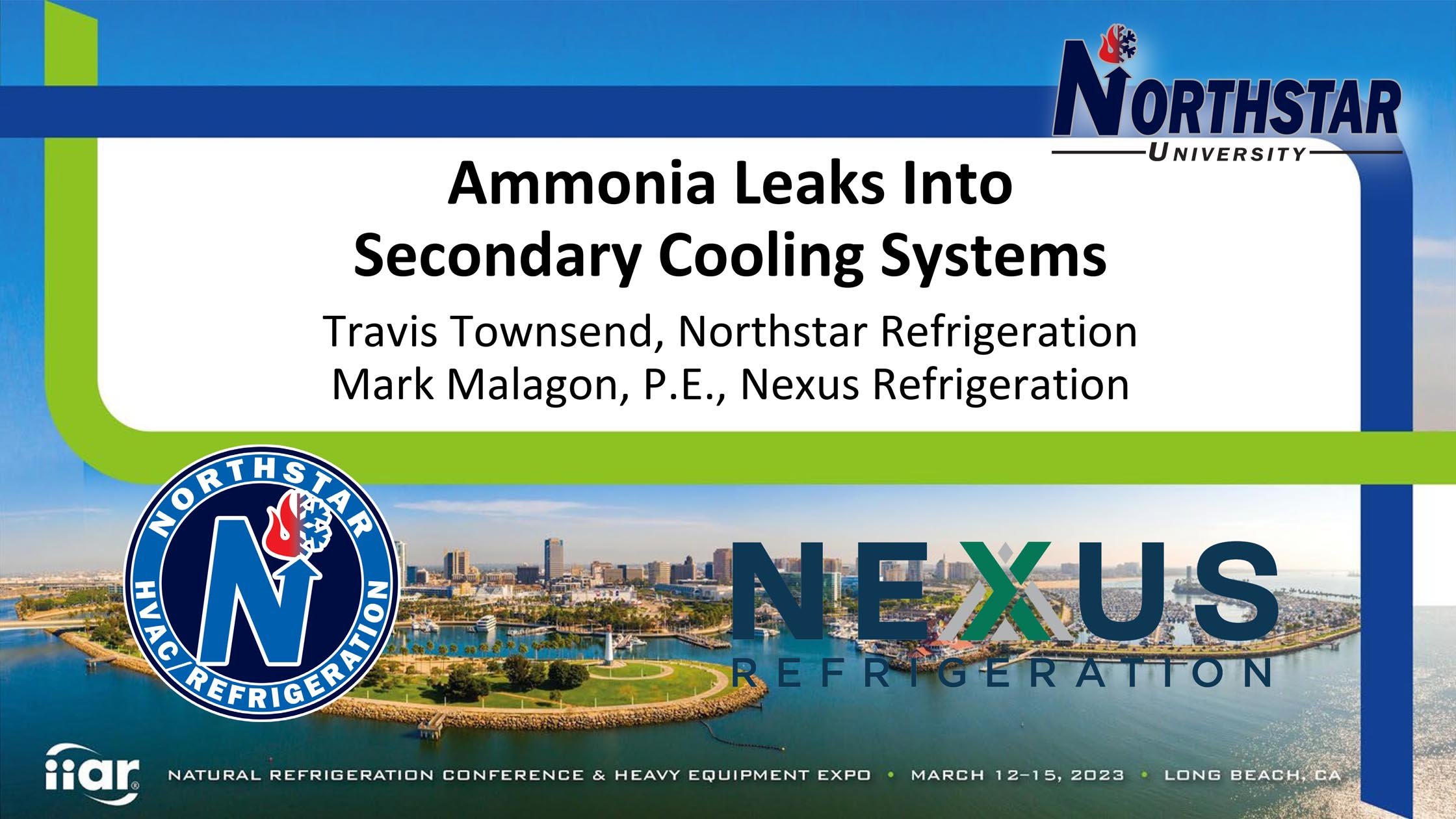
The Problem of Over-Pressurization in Secondary Cooling Systems: A Critical Overview
At the IIAR Conference and Heavy Equipment Expo in Long Beach, California, Travis Townsend from Northstar Refrigeration and Mark Malagon, P.E., from Nexus Refrigeration, presented an important discussion on the dangers of over-pressurization in secondary cooling systems, particularly relating to ammonia leaks. This presentation was inspired by a HAZWOPER refresher training video on the Fernie BC incident by WorkSafeBC, highlighting the dire consequences of inadequate maintenance and emergency procedures.

The Importance of Cleaning Your Condenser Coils
Maintaining your HVAC system is essential for its performance, efficiency, and longevity. One critical aspect of HVAC maintenance that often goes overlooked is cleaning the condenser coils. Dirty condenser coils can lead to many problems, including reduced cooling efficiency, increased energy consumption, and system breakdowns. In this blog post, we will explore why keeping your condenser coils clean is so important and how you can ensure your HVAC system runs smoothly.

